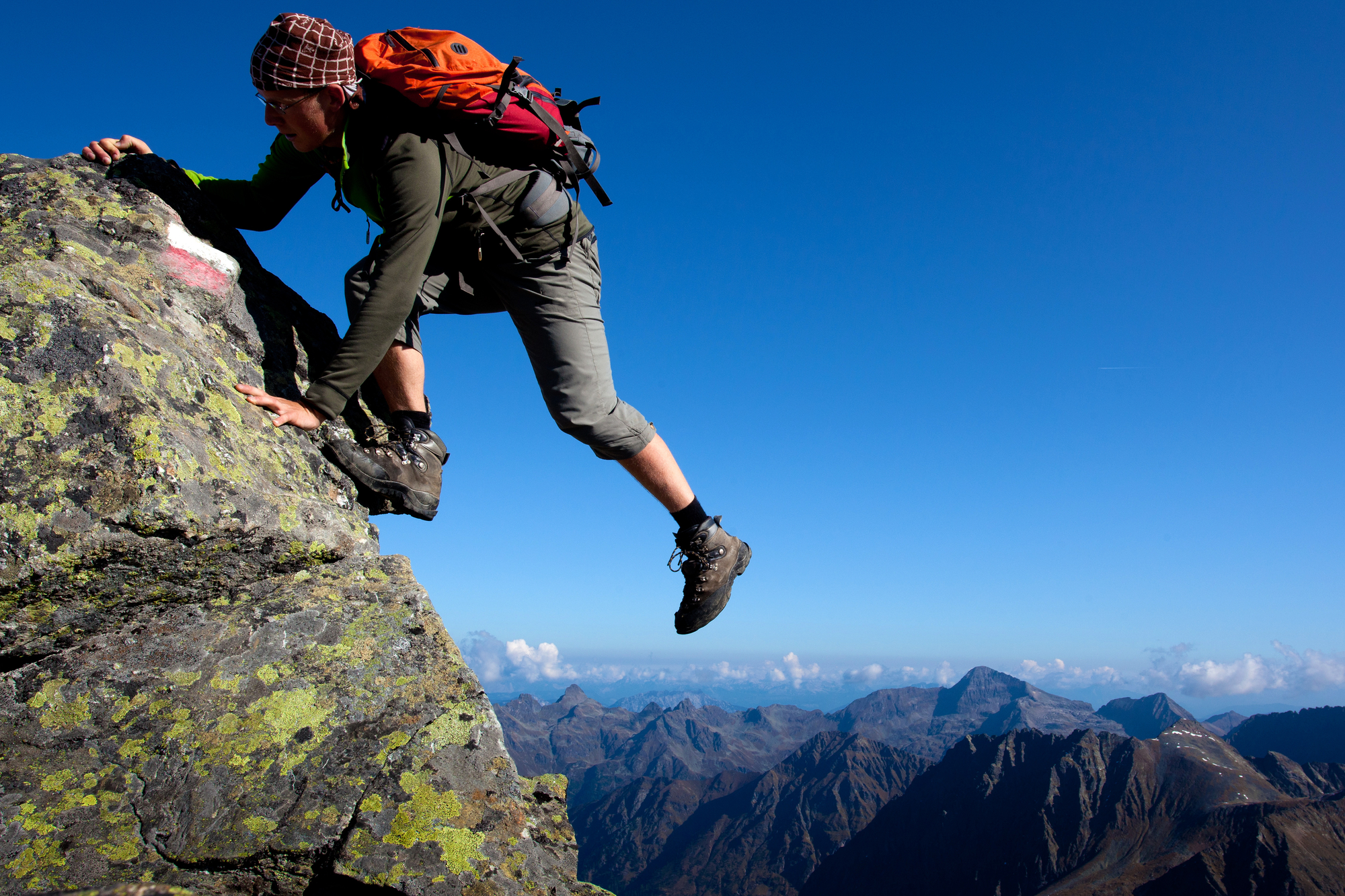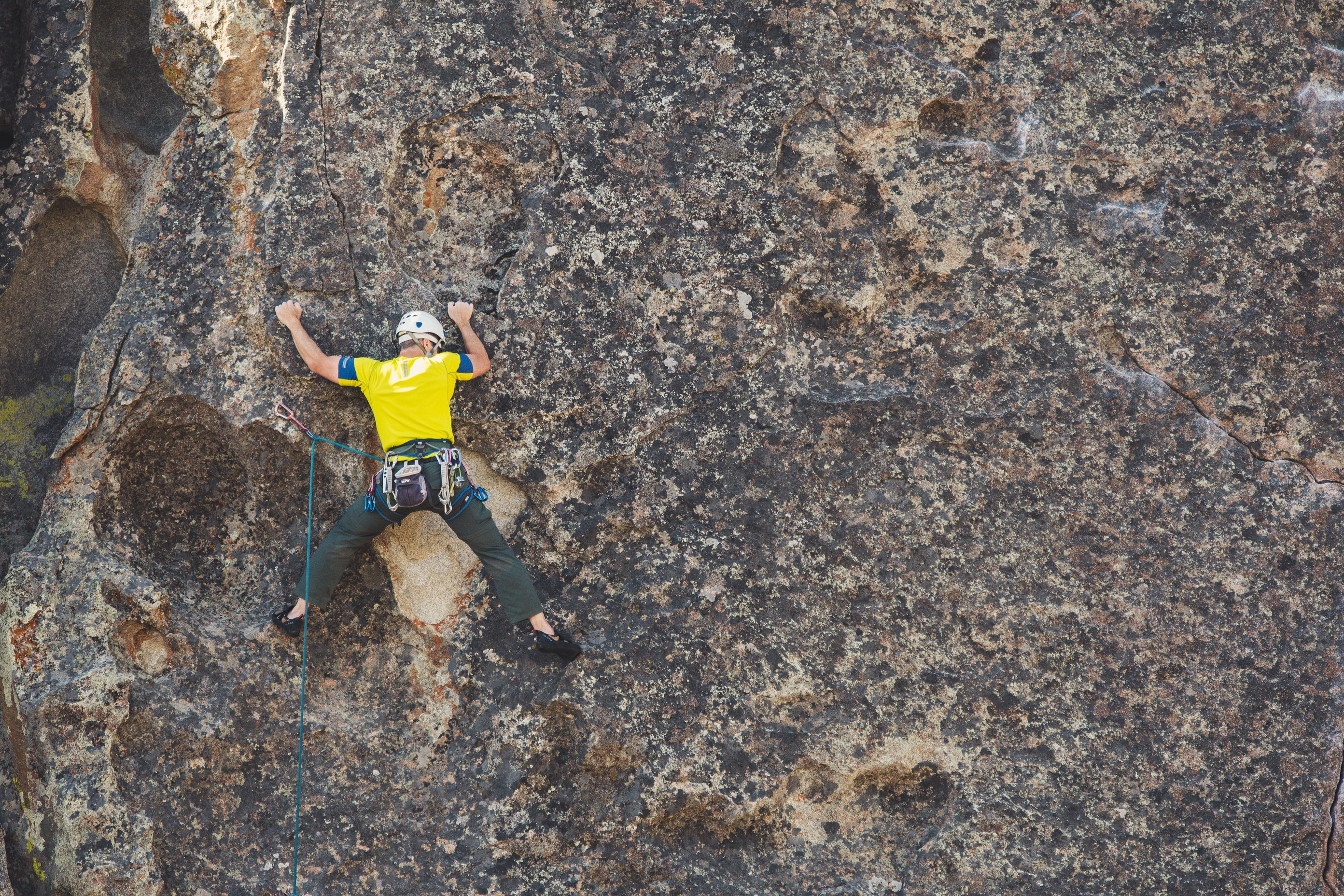So you’ve decided to venture into the great outdoors. Fantastic! Now it’s time to prepare your gears and everything else you might need for your trip.
Sometimes, safety is something that people neglect in their excitement to prepare for their trip to the great outdoors.
It should come as no surprise that venturing into the wild involves a lot of risks and hazards. This should be one of the items on top of your list when preparing for an adventure.
You might be wondering then, what kind of risks or hazards will you need to prepare for when you go on a mountain expedition?
Not to worry! This guide talks about the two main types of hazards in mountaineering, and how to assess and deal with these kinds of risks.
What Are Subjective And Objective Hazards?
In mountaineering terms, there are two classifications of hazards - Subjective and Objective hazards.
It is essential to familiarize yourself with these hazards to create a suitable plan to face the dangers while on your trip. Understanding these hazards would help you assess the appropriate response to these situations. It would also help you realize the acceptable level of risk you are comfortable exposing yourself to.
Subjective Hazards
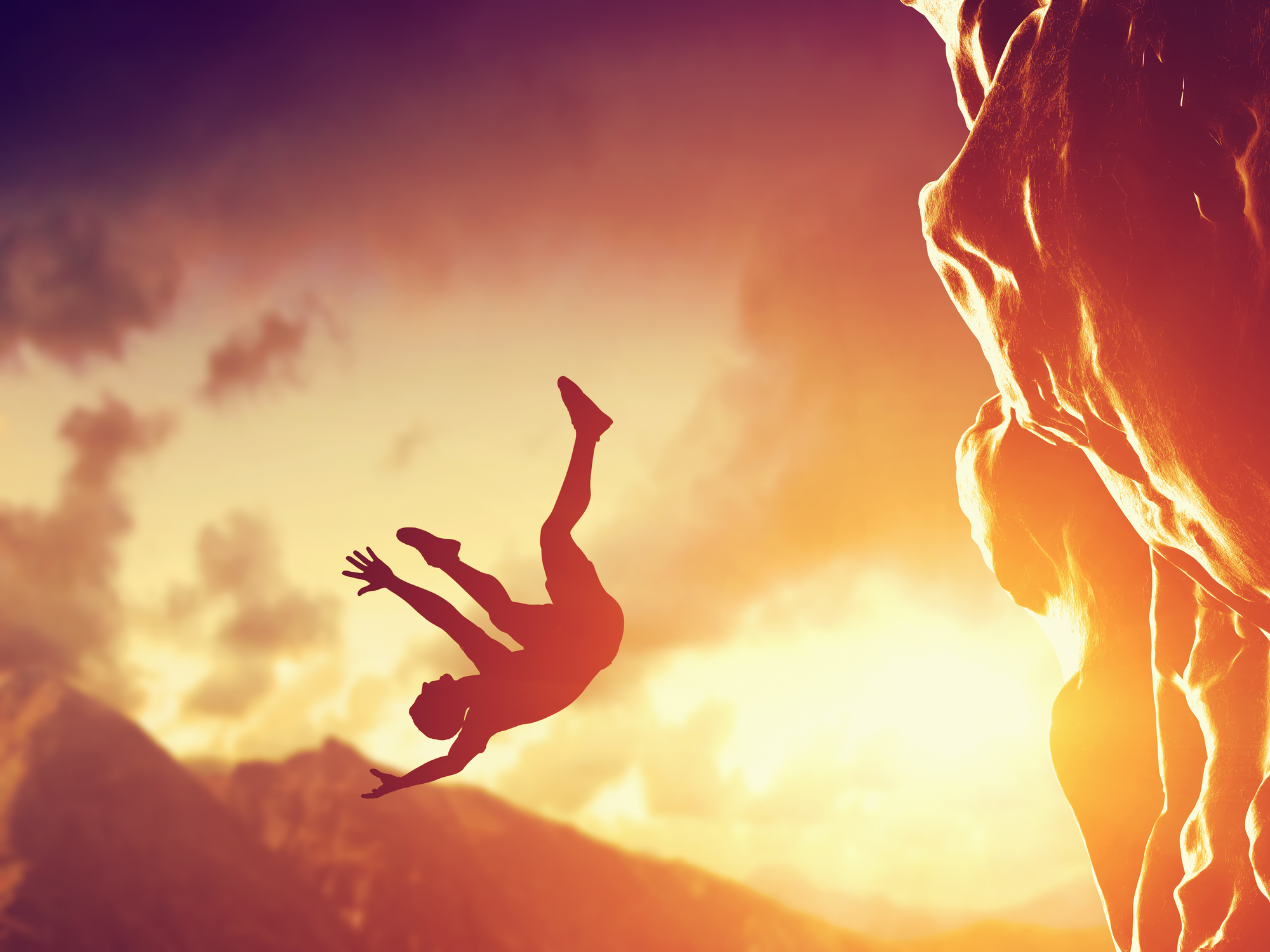
Subjective hazards, simply put, are human-imposed dangers. They can be caused by several factors directly affected by human action or lack thereof. These hazards can be a wrong choice of route, dehydration, fatigue, pushing oneself beyond one’s capabilities, and poor judgment.
These hazards can be minimized most of the time through proper planning, training, and conditioning.
Falling, slipping, bruising, and fractures
These are usually caused by carelessness and not wearing the right equipment while on a hike or a climb. Sometimes, an individual overestimates their abilities and pushes their limits. This may cause them to miss a step or a hold, resulting in a bad fall, some bruises, or even a fracture.
How do you prevent these things from happening? Through careful planning and preparation.
Nobody knows when an accident will happen, but you can minimize their chances by thoroughly preparing and planning for your trip.
Get the right kind of shoes based on the terrain you will be exploring, and familiarize yourself with the area's layout before your planned activity.
It will be a good idea to check if there have been recent changes in the route you plan to take, whether these changes are due to natural causes or man-made.
Unplanned Bivouac Site
A bivouac site is an improvised kind of encampment under little to no shelter at all. A bivouac shelter is carefully planned in mountaineering because it may be the only thing standing between you and the natural elements while you’re out in the open.
Bivouac camping sites should be free from rockfall, lightning, wind, avalanche, and flooding.
If you are situated in an area where you think falling is a big possibility, consider tying down your tent and other equipment.
Improper Equipment
It sounds very simple, but a lot of accidents actually happen because people fail to pack or use the right equipment.
Sometimes, people pack the right equipment but lack the knowledge to properly use them.
You may have the latest GPS system or the most advanced hiking gears, but all these are worthless if you’re not competent in using them.
Objective Hazards
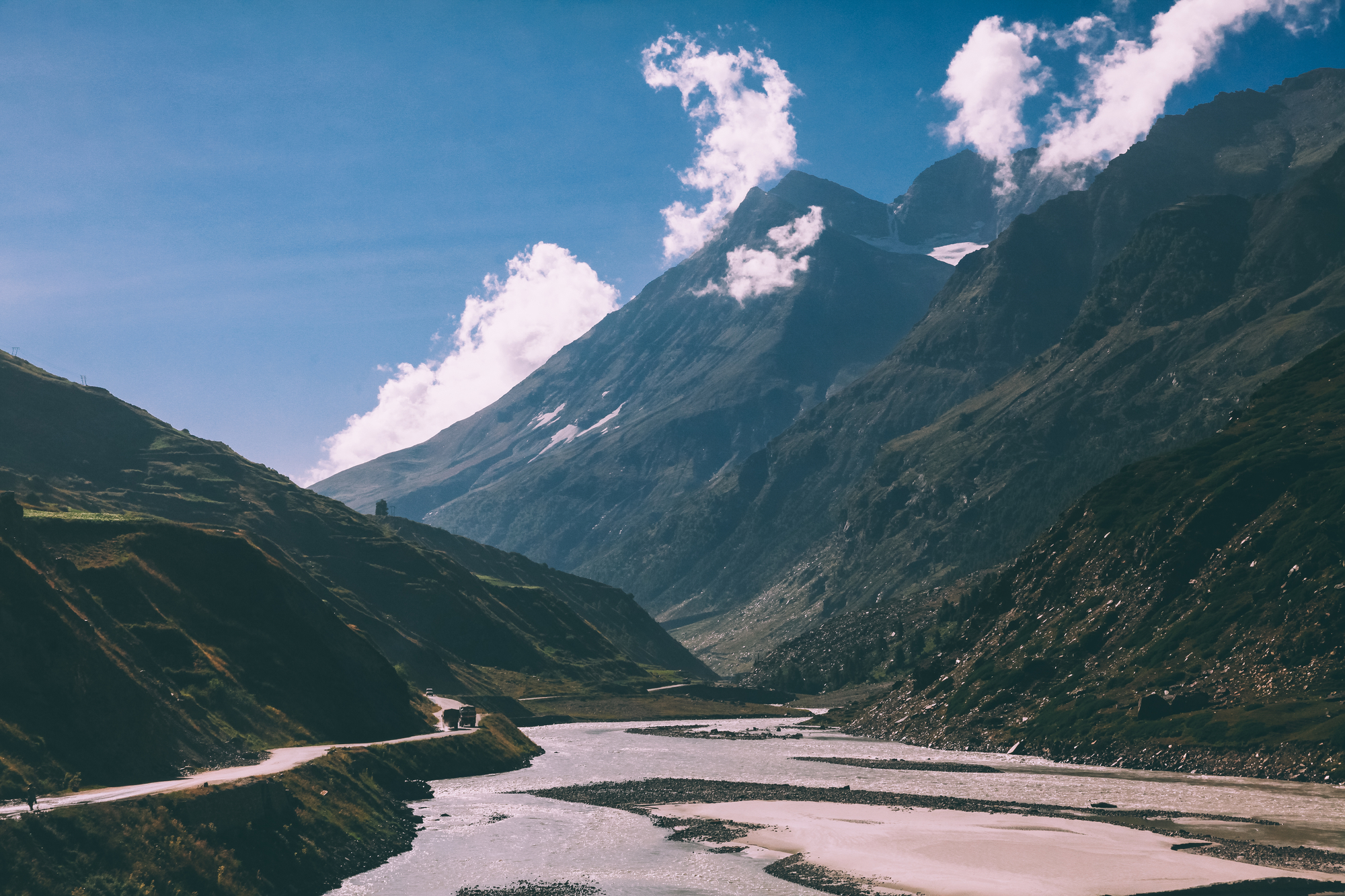
Objective hazards are the dangers posed by nature and the natural environment. These can happen to anyone, and climbers usually do not have any influence over them.
Of course, that doesn’t mean that you can’t do anything to prepare for these hazards. But for the most part, a climber’s abilities do not have much impact on these events because they will occur on their own whether or not the person is present.
Weather
The weather in the mountains is one of the most important factors climbers consider when planning a hike. Storms and other weather-related hazards can easily put any climber in danger.
Visibility
Heavy rain, fog, darkness, and blowing winds or snow can cause disorientation. Some of these can cause a whiteout condition that is extremely dangerous to any climber. Under these circumstances, the best option is to stop moving and wait till the conditions clear.
If you do need to move under these circumstances, then roping up is the best option.
Delegate a point person and ask them to move to the end of the rope, after which a second person will use the first one as their aiming point with a compass.
Rock fall
Falling rocks are usually caused by wind, animals, melted snow, or even a group of climbers up ahead.
The type and size of rocks falling usually determine whether it is a serious hazard or not.
Avalanche
Avalanches can be considered both an objective and subjective hazard. It may be considered objective because a snow-loaded slope will most likely slide due to different triggers caused by nature.
On the other hand, avalanches may be considered subjective hazards because of poor decision-making that can create human triggers that could otherwise be avoided.
An avalanche is one of the deadliest hazards in the mountains. The chances of survival of an avalanche victim dwindle as time goes by.
Chances of survival are estimated at 85% if rescued within 15 minutes, 50% if rescued within 30 minutes, and 20% within an hour.
What is Hazard Risk Assessment?
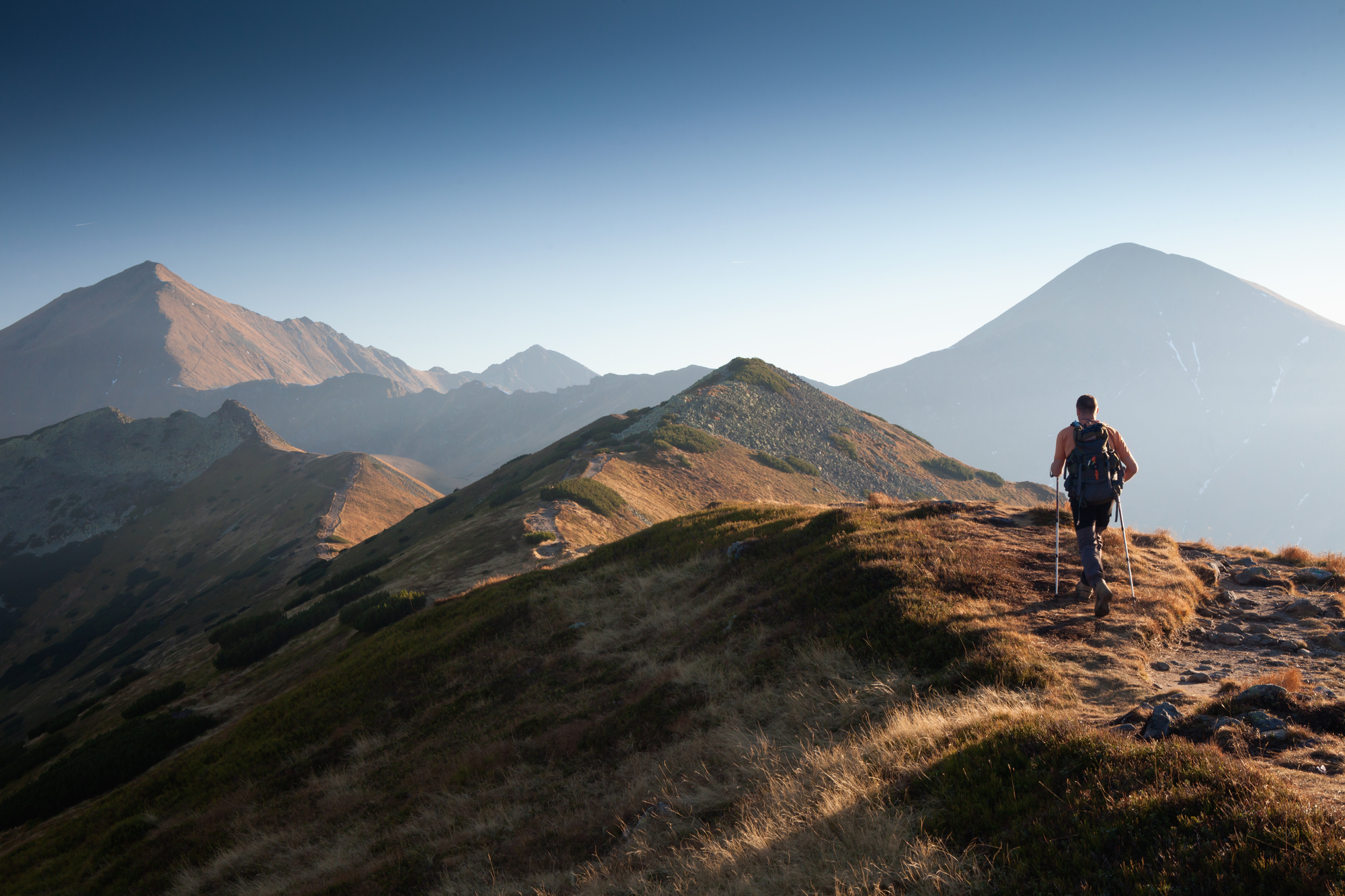
A personal line that measures both subjective and objective hazards is known as Acceptable Risk.
Each person has their own calibrated level of acceptable risk that they consult whenever they need to make a decision before engaging in any risky activity.
Every individual has his own personal line of what he deems is acceptable and what is crazy or idiotic.
For some, this line is very high, while for others, the bar is quite low.
Effective risk management does not happen overnight. Our experiences and level of comfort determine the movement of the personal risk line over time.
This is probably one of the reasons why most beginners fall victim to both subjective and objective hazards.
But as the old adage goes - experience is the best teacher! And so is the outdoors!
Smart and careful decision-making allows us to experience these hazards in the wild while learning about our personal limits.
As you gain more experience, your decision-making process becomes more refined and it becomes easier for you to assess hazards in the future.
Conclusion
Mountaineering is a fun and fulfilling activity but it comes with its own set of risks. It is not enough to simply brave through these hazards. You must deal with them strategically to bring yourself back or ensure your safety.
Knowing the possible hazards you may encounter during your trip can spell the difference between a tragedy and a successful expedition.
Having the right information and adequately preparing is the first step to making sure that your mountaineering expedition will be a rewarding experience.
So, what’s your risk level?

